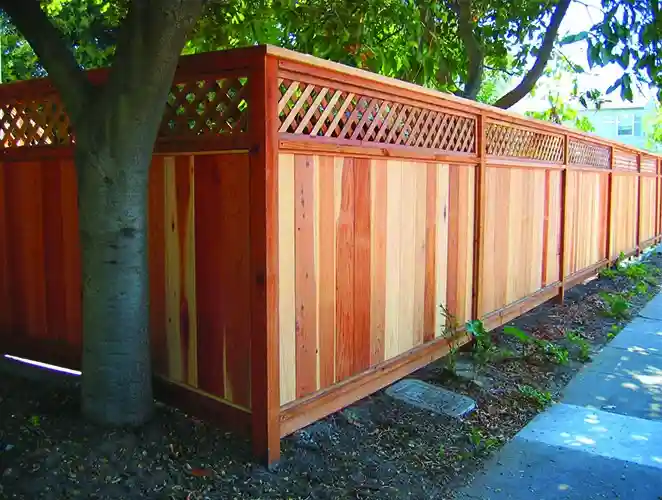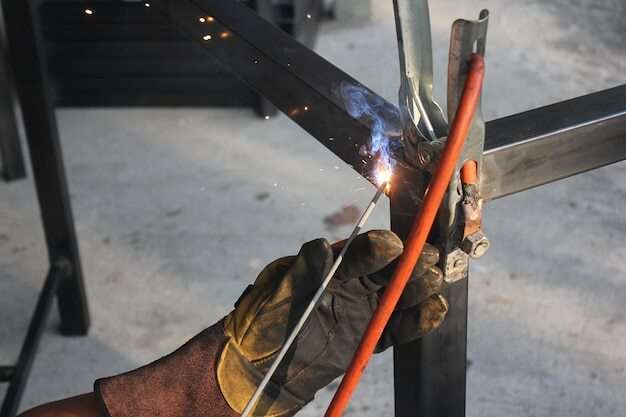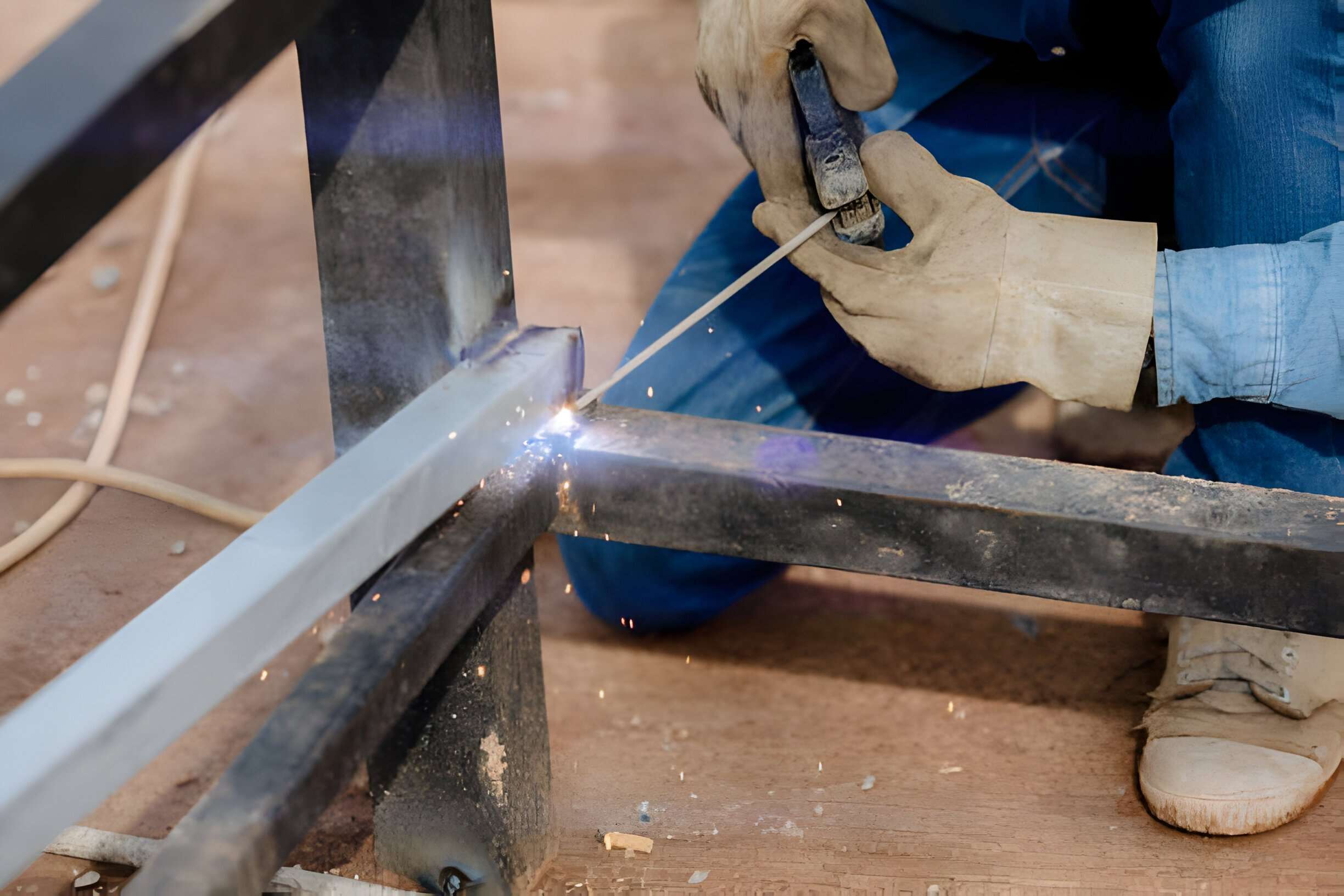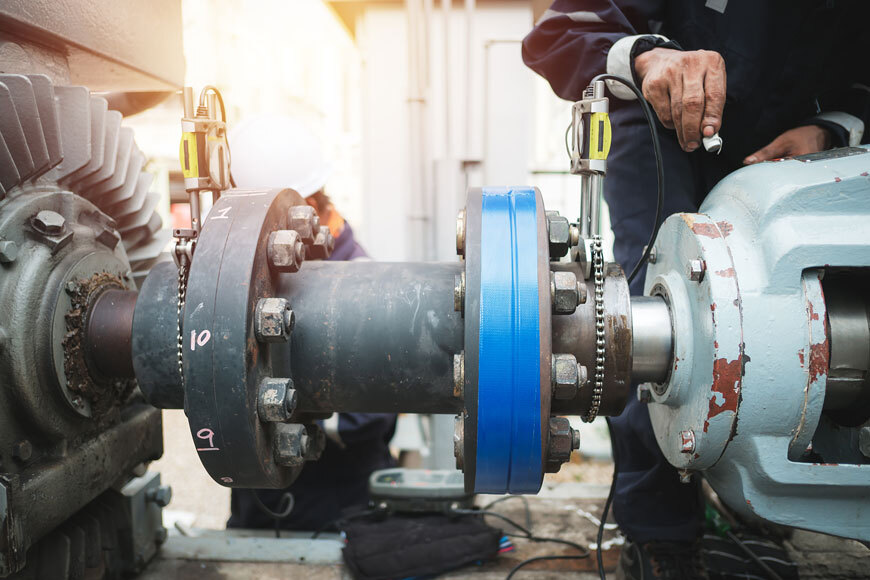
What is the Easiest Way to Extend the Height of a Fence Metal Gate?
Living in a world where privacy and security are paramount, maintaining a tall and secure fence around your property becomes crucial. However, encountering a short fence that doesn’t fulfill these needs can be frustrating. Replacing the entire fence might seem like the only solution, but luckily, several cost-effective and easily implementable methods can extend the height of a fence your existing, restoring privacy and peace of mind.
This comprehensive guide dives deep into various methods for extend the height of a fence, comparing their ease of implementation, cost-effectiveness, and suitability for different materials and situations. We’ll also explore additional tips and essential considerations for choosing the metal fence gate right solution for your needs.
Crucial Checks and Considerations
Before diving headfirst into extend the height of a fence, it’s essential to take these preliminary steps:
1. Local Building Code Check:
Building codes specify rules that are unique to your area, such as possible fence height restrictions and the need for permits for alterations to already-existing structures. Make sure the approach you’ve chosen abides by these rules. To obtain these codes, speak with the building department in your community or use online resources.
2. Material and Condition Assessment:
Examine your current fence’s material and state with care. Certain techniques might not work with all materials or would need to be used in conjunction with other fixes to guarantee structural stability before building fence height extension. For example, strengthening the current posts may be necessary to give weight to a weakened fence.
Exploring the Options: Extend the Height of a Fence
With the necessary checks completed, let’s explore different methods for enhancing your fence height:
1. Adding Pre-Made Fence Extensions:
With this widely adopted technique, you fasten prefabricated fence extensions to the top of your existing fence posts. These easily accessible fence extender heights come in a variety of materials, including metal, vinyl, and wood, allowing you to find one that complements your current fence.
Pros:
- Relative Ease of Installation: Adding extensions usually involves drilling holes and securing them to the existing posts using screws or nails, making it a relatively simple DIY project.
- Variety of Options: With diverse lengths, materials, and styles available, you can find extensions that seamlessly blend with your existing fence, ensuring a cohesive aesthetic.
cons:
- Cost: The cost of extensions can vary depending on the chosen material and length. While generally budget-friendly, extensions can be on the pricier end compared to some other options.
- Matching Challenges: Finding extensions that perfectly match your existing fence’s style and color might be challenging, especially for older or custom-built fences.
2. Incorporating Lattice Panels:
A beautiful and affordable option to increase the fence height extenders is with lattice panels. These panels can be mounted straight to the top of your current fence posts. They are available in wood, vinyl, and PVC materials.
Pros:
- Affordability: Lattice panels often provide the most cost-effective solution for adding fence height, making them ideal for budget-conscious homeowners.
- Aesthetic Enhancement: They enhance the aesthetics of your fence, adding a decorative touch while increasing privacy.
cons:
- Limited Privacy: The gaps in lattice panels offer less privacy compared to solid fence extensions, as they don’t completely block the view.
- Structural Considerations: Secure attachment to the existing posts is crucial, especially in windy areas, to ensure the overall stability of the fence with the added lattice panels.
3. Raising Existing Fence Panels (Conditional Option):
You may be able to elevate the modular panels on your fence in order to boost the height of the fence if they are fastened with removable fasteners.
With this approach, the current panels are carefully removed, more posts are extended or attached to boost the extend the height of a fence, and the panels are then reattached at a higher level.
Pros:
- Cost-Effectiveness: This method utilizes existing materials, minimizing additional costs involved in purchasing new materials.
- Preserved Style: By raising the existing panels, you maintain the original style and look of your fence, ensuring consistency in appearance.
cons:
- Effort Required: Raising existing panels can be a labor-intensive process, especially if the panels are heavy or require modifications for reattachment.
- Feasibility Considerations: This method might not be feasible if the existing posts are unable to be extended or the panels are permanently secured and cannot be easily removed and reattached.
4. Adding Decorative Extended Fence Height Toppers:
Fence toppers are ornamental pieces that fit over the top of your current fence to give it a more appealing appearance and a little height boost. They provide a variety of stylistic choices and come in a range of materials, including concrete, metal, and wood.
Pros:
- Easy Installation: Toppers typically involve attaching them directly to the existing fence posts or panels, making installation relatively straightforward.
- Aesthetic Enhancement: Various ornamental patterns and materials, like wood, vinyl, or metal, can elevate the visual charm of your home.
Cons:
- Limited Height Increase: Toppers usually only increase height by a few feet; therefore, they may not always be sufficient to significantly improve seclusion.
- Potential Structural Concerns: In order to maintain stability when adding weight to the top of the fence, particularly in windy places, the foundation or existing posts may need to be reinforced.
Read More: Metal Gate Frame for Wood Fence
Steps for Installation Height of a Fence
One economical and practical option to raise its height and functionality is to add a fence extension. This book gives you the confidence to take on the task of building a fence extension by providing a step-by-step tutorial.
1. Measure and Mark:
- Measure the length of your fence where you plan to install the extensions.
- Mark the height at which you want to attach the extensions on each existing fence post. Use a level to ensure consistency.
2. Pre-drill Holes (if necessary):
- To avoid wood splitting or metal warping during screw or nail insertion, pre-drilling pilot holes may be required, depending on the kind and material of extension you have chosen.
- Follow the instructions provided with the extension panels for specific drilling recommendations.
3. Attach the Extensions:
- Position the extension panel against the existing fence, aligning it with the markings made earlier.
- Secure the extension panel to the fence posts using the chosen fasteners. Ensure proper fastening throughout the length of the panel for stability.
4. (Optional) Add Finishing Touches:
- For wood extensions: Apply a wood sealant or paint to match your existing fence and protect the extensions from weather elements.
- For vinyl extensions: Wipe down the extensions with a damp cloth to remove any dirt or debris.






